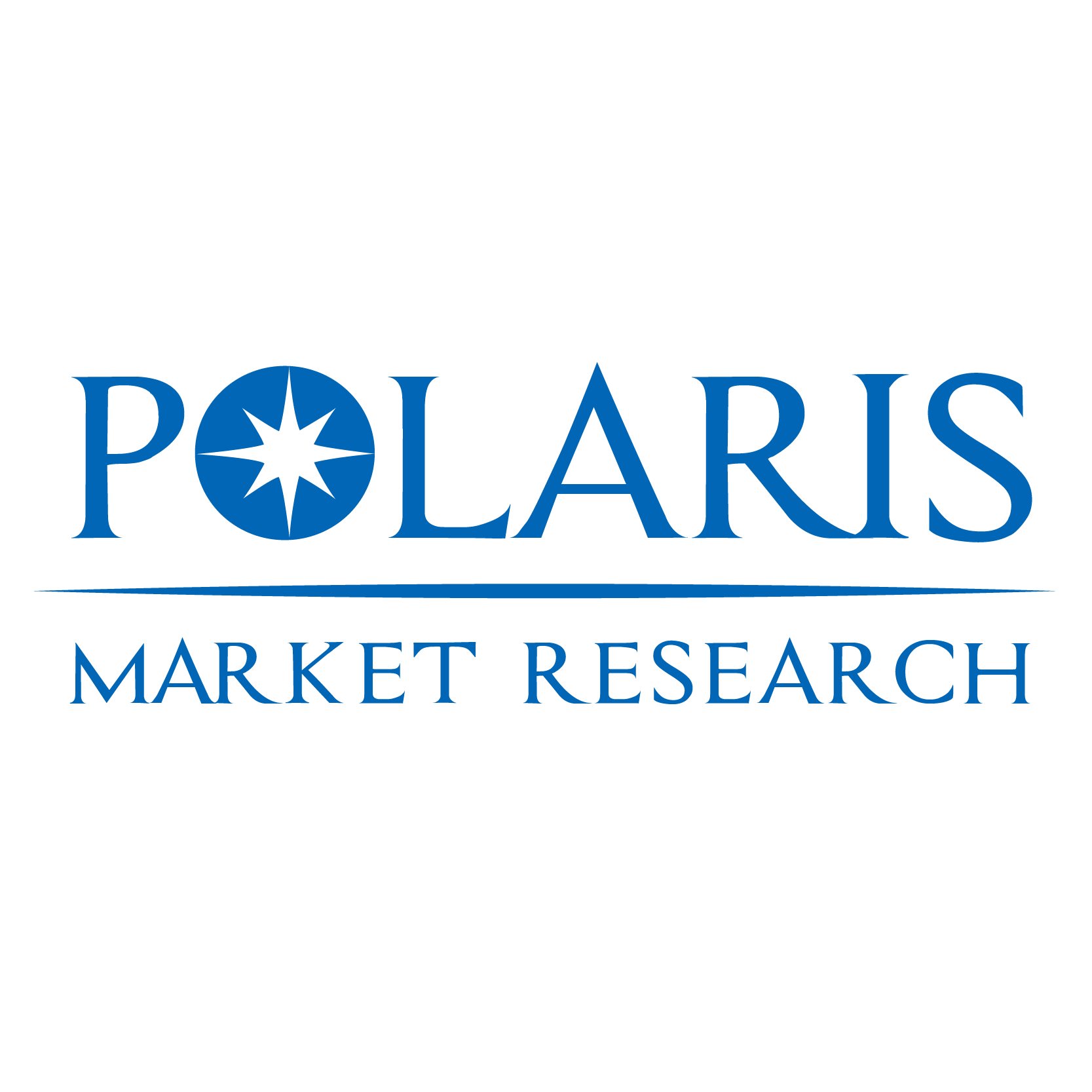The global Augmented Reality (AR) & Virtual Reality (VR) in Healthcare Market is experiencing rapid expansion, driven by technological advancements, increasing adoption of immersive technologies in medical training, and rising demand for enhanced patient care solutions. AR and VR are revolutionizing the healthcare industry by offering innovative applications in surgery, diagnostics, rehabilitation, and mental health therapy.
Market Overview
The AR & VR in Healthcare Market is projected to witness substantial growth in the coming years due to the rising investments in digital healthcare infrastructure, increasing utilization of virtual training for medical professionals, and the growing demand for remote healthcare solutions. The integration of AR & VR in medical education, pain management, and rehabilitation therapy has paved the way for groundbreaking advancements in patient care.
The demand for immersive healthcare solutions is being fueled by the need for precision-driven medical procedures and interactive patient engagement tools. Healthcare providers are leveraging AR for real-time visualization of organs and tissues during surgeries, while VR is being extensively used for pain management, mental health treatment, and physical therapy.
𝐄𝐱𝐩𝐥𝐨𝐫𝐞 𝐓𝐡𝐞 𝐂𝐨𝐦𝐩𝐥𝐞𝐭𝐞 𝐂𝐨𝐦𝐩𝐫𝐞𝐡𝐞𝐧𝐬𝐢𝐯𝐞 𝐑𝐞𝐩𝐨𝐫𝐭 𝐇𝐞𝐫𝐞:
Market Segmentation
The AR & VR in Healthcare Market is segmented based on technology, application, end-user, and region.
- By Technology:
- Augmented Reality (AR)
- Virtual Reality (VR)
- Mixed Reality (MR)
- By Application:
- Surgery & Diagnostics
- Rehabilitation & Therapy
- Medical Training & Education
- Pain Management & Mental Health
- Patient Engagement & Telemedicine
- By End-User:
- Hospitals & Clinics
- Research & Academic Institutions
- Rehabilitation Centers
- Pharmaceutical & Biotechnology Companies
The Surgery & Diagnostics segment is expected to dominate the market due to the increasing adoption of AR-guided surgeries and VR-enabled diagnostic tools. Moreover, the Medical Training & Education segment is witnessing significant growth as AR & VR technologies enhance learning experiences for medical students and professionals.
Regional Analysis
The AR & VR in Healthcare Market is analyzed across North America, Europe, Asia-Pacific, Latin America, and the Middle East & Africa.
- North America leads the market, driven by strong technological adoption, a well-established healthcare infrastructure, and significant investments in digital health solutions. The United States is at the forefront, with major tech companies and healthcare providers actively integrating AR & VR into medical practices.
- Europe follows closely, with countries like Germany, the UK, and France spearheading research in AR/VR-based medical applications. Government initiatives supporting digital healthcare innovations are further boosting market growth in the region.
- Asia-Pacific is expected to exhibit the highest growth rate during the forecast period due to increasing investments in healthcare technology, rising awareness about digital health solutions, and the growing adoption of AR & VR in medical training and treatment procedures.
- Latin America and the Middle East & Africa are gradually emerging as potential markets, with increasing focus on telemedicine and advanced medical training tools.
Key Companies and Competitive Landscape
The AR & VR in Healthcare Market is highly competitive, with leading companies focusing on technological innovations, partnerships, and geographical expansion. Some of the key players in the market include:
- Microsoft Corporation – Known for its AR-driven HoloLens, which is widely used in surgical planning and medical training.
- Google LLC – Investing in AR-based diagnostic tools and VR healthcare applications.
- Meta Platforms, Inc. – Leading in VR applications for mental health therapy, pain management, and medical training through Oculus VR solutions.
- Siemens Healthineers – Developing immersive medical imaging solutions using AR & VR technologies.
- GE Healthcare – Focused on integrating AR for enhanced diagnostic imaging and real-time visualization during surgeries.
Several other players, including Medtronic, MindMaze, and Psious, are actively investing in AR & VR innovations to enhance patient care and clinical outcomes. The market is witnessing increased collaboration between tech firms and healthcare providers to drive widespread adoption of immersive medical solutions.
Market Trends and Growth Factors
Several factors are propelling the growth of AR & VR in Healthcare, including:
- Advancements in AR & VR Hardware – Improved headsets, haptic feedback devices, and wearable AR solutions are enhancing medical training and patient engagement.
- Rise in Telemedicine & Remote Patient Monitoring – AR & VR are enabling real-time remote consultations, improving accessibility to healthcare services.
- Increased Demand for Minimally Invasive Surgeries – AR-guided procedures allow surgeons to perform precise and minimally invasive operations with enhanced accuracy.
- Growing Adoption in Mental Health & Pain Management – VR therapy is being widely used for treating PTSD, anxiety disorders, and chronic pain management.
Future Outlook
The AR & VR in Healthcare Market is poised for exponential growth, with continued technological innovations and increasing investments in digital healthcare solutions. As AR & VR applications become more sophisticated and cost-effective, healthcare providers will further integrate these technologies into everyday medical practices to enhance patient care and operational efficiency.
With ongoing research, government support, and strategic partnerships, the market is expected to witness robust expansion, offering lucrative opportunities for both established players and emerging entrants.
More Trending Latest Reports By Polaris Market Research:









